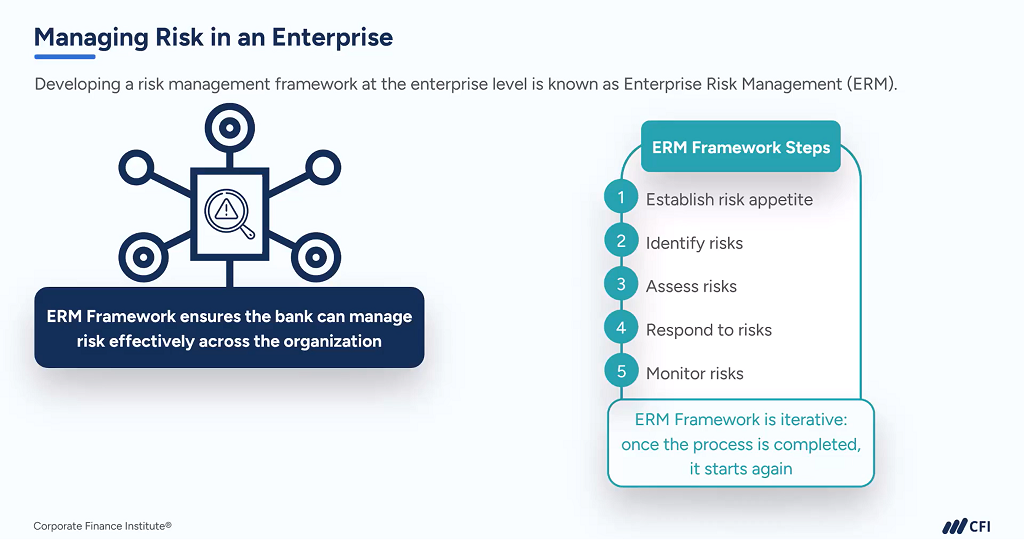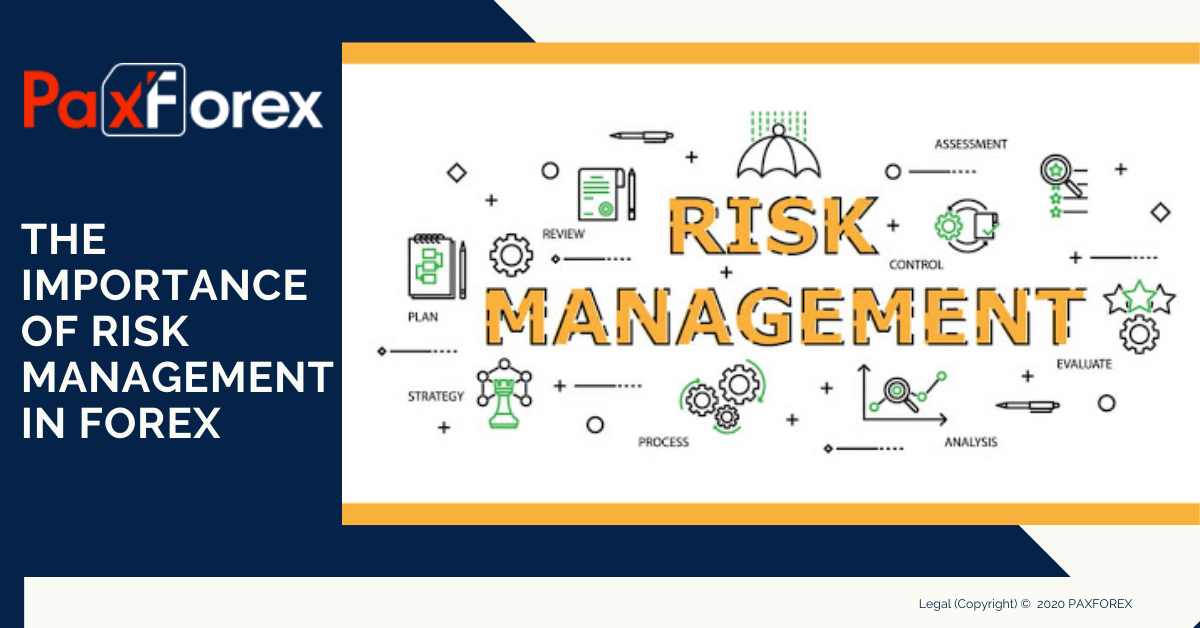Exploring the Importance of Risk Management for Effective Decision-Making Techniques
In the intricate globe of business, Risk Management emerges as a critical consider the decision-making procedure. The capability to recognize prospective hazards and opportunities, and plan as necessary, can spell the distinction in between success and failure. With devices such as SWOT and PESTEL, organizations are equipped to make informed options, cultivating resilience and versatility in an ever-changing setting. Wondering just how this works? Let's unload the characteristics better.
Comprehending the Idea of Risk Management
Risk Management, an essential element in decision-making, is usually misinterpreted or oversimplified. Generally, it describes the identification, examination, and prioritization of risks to minimize, keep an eye on, and manage the possibility or influence of regrettable events. It's not merely concerning stopping negative outcomes, yet additionally regarding recognizing prospective opportunities. Risk Management entails structured and disciplined strategies, using data and informative analyses. It requires a detailed understanding of the organization's context, purposes, and the potential dangers that could thwart them. From monetary unpredictabilities, lawful liabilities, strategic Management mistakes, to mishaps and all-natural calamities, it attends to various risks. Notably, effective Risk Management is not stationary; it's a continual, positive procedure that advances with transforming scenarios.
The Function of Risk Management in Decision-Making Processes
In the realm of calculated planning and service operations, Risk Management plays an essential function in decision-making processes. It helps in identifying possible threats and unpredictabilities that could impact the achievement of service objectives. By mapping these dangers, firms can develop strategies to reduce their impact, guaranteeing company continuity and security. Risk Management hence ends up being an important tool in decision-making, assisting leaders to make enlightened options based upon a comprehensive understanding of the dangers entailed. It urges a proactive approach, enabling companies to prepare and expect for feasible future scenarios. This considerably reduces the possibility of adverse repercussions, advertising more reliable and reliable decision-making strategies. Risk Management offers as a crucial component in the decision-making procedures of any type of company.

How Risk Management Boosts Strategic Preparation
In the context of tactical planning, Risk Management plays an essential duty. Starting with the recognition of potential threats, it further includes the application of Risk reduction actions. The role of Risk Management is vibrant yet not static, as it demands continuous surveillance and adjusting of strategies.
Determining Prospective Risks

Executing Risk Reduction
Risk reduction techniques can vary from Risk evasion, Risk transfer, to risk reduction. Each approach ought to be customized to the certain Risk, considering its potential effect and the organization's Risk resistance. Efficient Risk reduction needs a deep understanding of the Risk landscape and the prospective influence of each Risk.
Monitoring and Adjusting Techniques
Though Risk reduction is a vital action in calculated preparation, continuous surveillance and modification of these strategies is equally important. This continuous procedure enables companies to determine brand-new risks and reassess existing ones, making certain the executed approaches remain efficient in the ever-changing organization environment. It likewise gives an opportunity to assess the success of the Risk Management measures, enabling modifications to be made where essential, further enhancing tactical preparation. Reliable surveillance and adjustment need making use of analytics and vital efficiency indicators (KPIs) to measure efficiency. These devices provide important data-driven insights that can notify critical useful link decision-making. Tracking and changing Risk Management techniques is an important part for boosting a company's strength and critical preparation.
Instance Researches: Effective Risk Management and Decision-Making
Worldwide of business and finance, effective Risk Management and decision-making frequently work as the pillars of flourishing enterprises. One such entity is a multinational oil business that reduced financial loss by hedging against changing oil prices. In an additional circumstances, a technology start-up flourished by identifying and approving risky, high-reward approaches in an unstable market. A global bank, faced with regulatory unpredictabilities, efficiently navigated the circumstance with proactive Risk assessment and vibrant decision-making. These instances highlight the worth of sharp Risk Management in decision-making procedures. It is not the absence of Risk, yet the Management of it, that typically sets apart effective companies from unsuccessful ones. These situations underscore the crucial role of Risk Management in critical decision-making. importance of risk management.
Tools and Techniques for Reliable Risk Management
Navigating the elaborate puzzle of Risk Management calls for the ideal collection of techniques and tools. These devices, such as Risk signs up and heat maps, aid in recognizing and examining possible risks. Strategies consist of both measurable approaches, like sensitivity evaluation, and qualitative methods, such as SWOT analysis. These aid in prioritizing dangers based upon their potential impact and chance. Risk response approaches, an essential part of Risk Management, include approving, staying clear of, moving, or mitigating threats. Monitoring and managing dangers, through regular audits and reviews, make certain that the methods remain effective. With these devices and strategies, decision-makers Visit Your URL can browse the complicated landscape of Risk Management, therefore helping with notified and effective decision-making.
Future Patterns in Risk Management and Decision-Making Approaches
As we discover the huge landscape of Risk Management, it becomes apparent that the tools and techniques made use of today will certainly remain to progress. Future patterns point towards a boosted dependence on modern technology, with man-made knowledge and artificial intelligence playing significant duties. These innovations will make it possible for organizations to predict possible dangers with greater accuracy and make more enlightened decisions. In addition, there will be a growing focus on resilience, not simply in managing risks yet likewise in getting better from adverse situations. Last but not least, the idea of Risk culture, where every participant of an this hyperlink organization realizes and included in Risk Management, will certainly gain extra prominence. These fads declare an even more comprehensive and aggressive approach in the direction of Risk Management and decision-making.
Conclusion

Risk Management thus comes to be an essential tool in decision-making, helping leaders to make educated options based on an extensive understanding of the threats entailed. Risk reduction approaches can vary from Risk avoidance, Risk transfer, to run the risk of decrease (importance of risk management). Efficient Risk reduction calls for a deep understanding of the Risk landscape and the prospective influence of each Risk. Risk response approaches, a crucial element of Risk Management, involve approving, preventing, transferring, or mitigating threats. The idea of Risk culture, where every participant of a company is aware and entailed in Risk Management, will get much more prestige